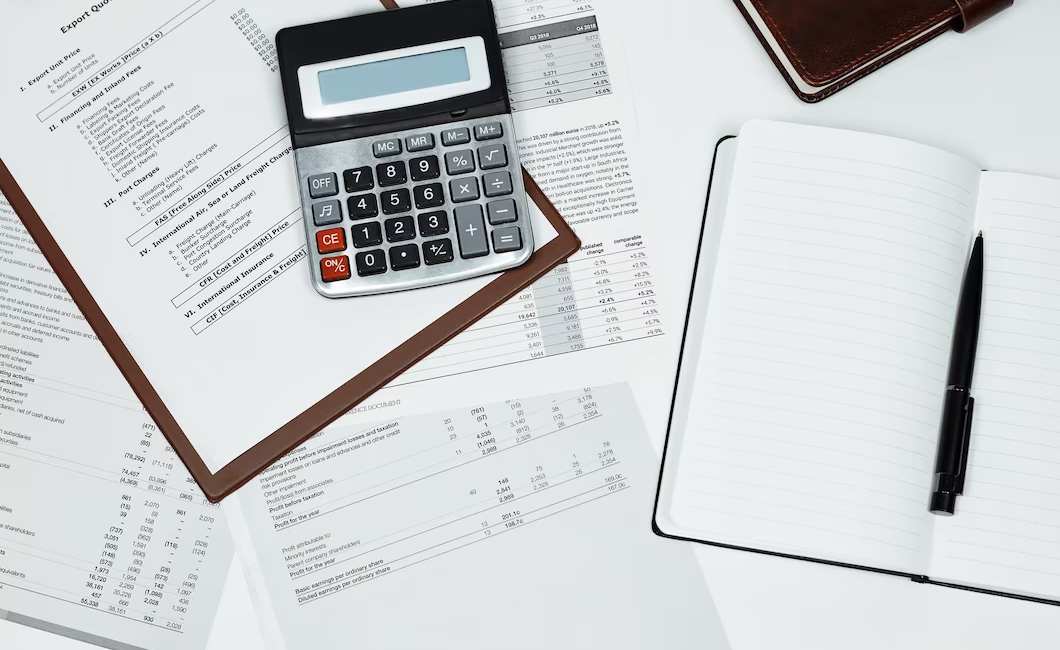When you start learning accounting, you come across some accounts called contra asset accounts. These entities hang out on the balance sheet and have some power by lowering the value of their matching asset accounts. These accounts can give us a clear picture of a company’s actual value by factoring in things like depreciation, bad debts, and sales returns.
They can understand all the financial stuff and see the big picture with accuracy.
The Fundamentals of Contra Asset Accounts
A credit balance can show up in an asset account and create a contra asset account. A Contra asset account is different from a regular asset account because it shows a credit amount instead of a debit. Basically, a contra asset account is used to hold a reserve that is subtracted from its matching asset account. This helps us get a better idea of what the asset is really worth.
On the balance sheet, one can observe contra asset accounts positioned just below the asset accounts they aim to offset. The determination of book value or carrying value entails deducting the balance of the contra asset account from the associated asset account, thereby unveiling a comprehensive evaluation of the financial worth.
Table 1: Example of Contra Asset Account
| Asset Account | Amount ($) | Contra Asset Account | Amount ($) | Book Value ($) |
|---|---|---|---|---|
| Building | 200,000 | Accumulated Depreciation | 50,000 | 150,000 |
Common Types of Contra Asset Accounts
- Accumulated Depreciation: The accumulated cost of a physical asset’s wear and tear since its purchase can be found in this account. It is linked to the depreciated asset’s corresponding account;
- Allowance for Doubtful Accounts: The amount of receivables that a corporation expects to be permanently uncollectible is recorded in this account. It works in tandem with the AR account;
- Sales Returns and Allowances: All sales-related credits, such as rebates and credits for returned items, as well as allowances, are accumulated in this account. To calculate net sales revenue, gross sales must be subtracted.
Contra Asset Accounts and Financial Analysis
Contra asset accounts are used as a barometer of a company’s financial health by financial experts and prospective investors. These narratives provide crucial context for:
- The proportion of accounts receivable expected to be uncollectible;
- The aging of a company’s tangible assets;
- The rate at which a company offers discounts or accepts returns.
By evaluating these factors, management can improve the company’s productivity, safety, and bottom line.
Maintenance and Recording of Contra Asset Accounts
Over time, a contra asset account undergoes the accumulation of either a surplus or a deficit. Transactions that augment the balance of the contra asset account are duly recorded as credits, while those that diminish the balance are recorded as debits.
In certain scenarios, it is customary to reset the balance of a contra asset account to zero at the conclusion of an accounting period. For example, the contra account “Sales Returns and Allowances” is typically reconciled at the end of each accounting quarter. Conversely, accrued depreciation and other contra accounts have their balances carried forward to the subsequent accounting period, ensuring their continuity and relevance.
Conclusion
In the realm of precise financial accounting, a profound understanding of contra asset accounts becomes indispensable. These accounts play a pivotal role in providing a more precise and comprehensive depiction of a company’s net asset value by deducting the pertinent assets. They also serve as a vital source of information for investors and decision-makers, offering valuable insights into the company’s operational efficiency and financial well-being. Therefore, it is of utmost importance for a company to maintain and diligently scrutinize its contra asset accounting, ensuring accuracy and enabling informed decision-making.
FAQ
Contra asset accounts make their appearance beneath the very asset accounts they strive to neutralize. Through deducting these expenses from the asset’s gross amount, the net book value of an asset is ascertained, engendering a precise calculation.
Contra asset accounts play a pivotal role in portraying a more precise depiction of a company’s asset value. These accounts take into consideration various factors such as depreciation, bad debts, and sales returns, all of which exert a negative influence on the overall value of an asset.
Contrary to asset accounts, contra asset accounts typically exhibit a credit balance. However, if a contra account displays a debit balance, it signifies either an error or a scenario where the balance of the contra account surpasses that of the corresponding asset account. This disparity serves as an indicator for further investigation and correction to ensure accurate financial records.
The utilization of contra asset accounts is prevalent among most firms, albeit the specific types employed may differ based on industry, company size, and other relevant factors. These accounts are an indispensable element mandated by GAAP, which serves as the widely recognized benchmark for bookkeeping within the industry.
